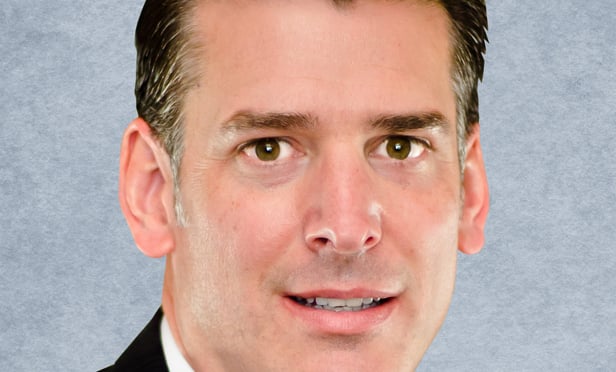 “The number of cities increasingly talking about rent control raises concern,” says John Sebree.
“The number of cities increasingly talking about rent control raises concern,” says John Sebree.
CALABASAS, CA–There’s growing talk of a plateauing economy as we dig deeper into 2019. And by now you’ve heard the typical hand-wringing over the direction of interest rates.
Then there are those who take the long view, folks such as John Sebree, national director and first VP of the National Multi Housing Group of Marcus & Millichap. Of course, it doesn’t hurt that, as much as possible in commercial real estate, multifamily has been a constant winner.
“Multifamily fundamentals remain strong, though some investors are showing a bit more caution,” Sebree says, “which is typical when you get late in the cycle. Countering this has been a tremendous influx of new capital into the sector. Also, the Fed has raised the funds rate nine times, supposedly to pump the brakes on the economy, and it looks like it has had the desired effect.” Another drag on the perception of health is the recent wild ride of the stock market, and all these factors taken together result in what the firm’s newly released North American Multifamily Forecast refers to as lender caution, “adopting tighter underwriting standards but aggressively competing to place capital into apartment assets.”
Which in turn speaks to multifamily’s resilience. Sebree describes the sector as “very stable, with very stable fundamentals. There are land mines going off around us but they’re not affecting the multifamily industry.”
And the 2019 Forecast backs that up: “Strong demand drivers supporting long-term yield models will counterbalance much of today’s market volatility, encouraging investors to look beyond any short-term turbulence.”
Sebree sees two potential headwinds. “The number of cities increasingly talking about rent control raises concern,” he says. The obvious problem here is that such legislation fails to take into account “that taxes and operating costs continue to rise, and if you implement rent control developers will build fewer new units thus making the housing issue worse.”
In fact, according to the Forecast, “A range of localized risks such as natural disasters, metro-level economic downturns, and the rise of state or metro-level policy decisions such as rent control have inspired investors to more carefully consider geographic diversification. Following the spate of recent hurricanes across Texas and the Southeast as well as the recent Proposition 10 vote in California, interstate buyer activity has accelerated.”
“If there were eight or 12 deals that sold in 2018 in Des Moines, maybe one was bought by someone in Des Moines,” he says. “More than likely, they were bought by investors from Chicago and Denver and Dallas and Atlanta and DC.” Foreign capital plays a small role in that distant dynamic, especially in Florida, where capital will come from Latin America and Europe, or Seattle and L.A., which sees more Asian money, “although the amounts have slowed along with their economies.”
The other concern is focused on the workforce housing sector. Sebree stops short of calling it a full-blown crisis but sees the shortage of housing available for this niche as continuing into the new year. The Forecast provides the numbers:
“Steady job creation and exceptionally low unemployment will boost household formation in 2019,” according to the Forecast, “supporting a third consecutive year of national sub-five-percent vacancy levels. Much of the new demand will center on apartments that serve the traditional workforce: class B and C properties.”
But the emphasis in construction will be more heavily weighted to more affluent communities, even though “new apartment completions will reach their highest level in more than 25 years with the delivery of more than 315,000 units.”
“As a result, class A vacancy is expected to rise to 5.8 percent while class B apartment vacancy remains relatively stable at 4.7 percent. The most affordable segment of the market, class C apartments, faces strong demand, and vacancy for this segment is expected to tighten to 3.9 percent, its lowest year-end level in 19 years.”

















 Copyright © 2024 ALM Global, LLC. All Rights Reserved.
Copyright © 2024 ALM Global, LLC. All Rights Reserved.